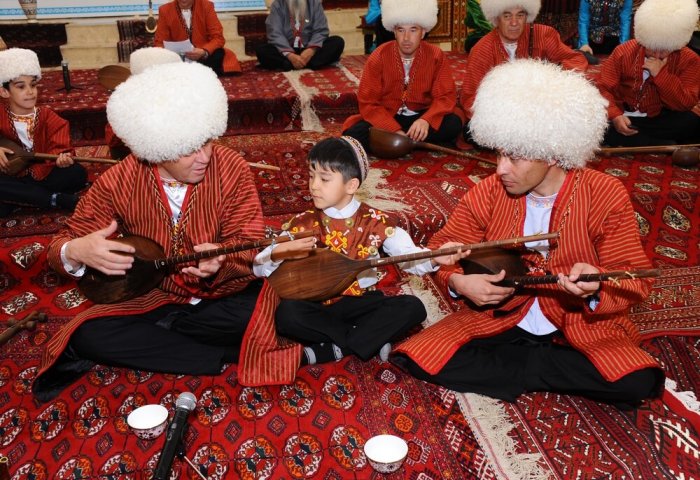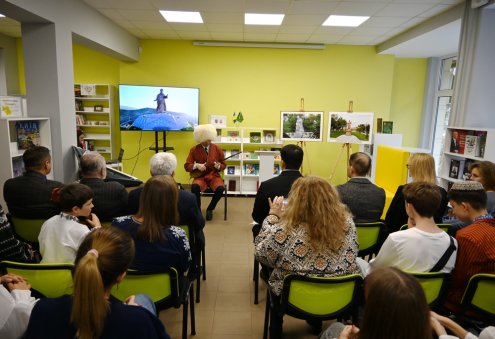Dutar making craftsmanship and art of traditional music performing on it combined with singing has been added to UNESCO’s Representative List of Intangible Cultural Heritage of Humanity, the UNESCO announced on Wednesday.
The decision was made at the 16th session of the UNESCO Intergovernmental Committee for the Protection of Intangible Cultural Heritage, which is held virtually from December 13 to 18.
“Dutar is a traditional instrument and musical genre from Turkmenistan. The dutar instrument is a long-necked, two-stringed lute with a pear-shaped body covered by a thin wooden sounding board. The resonating body and soundboard are made from a piece of mulberry wood, and the neck is made with the dried trunk of an apricot tree,” the UNESCO said on its website.
To make the body of the dutar, the wood is rounded, hollowed out and polished. The wood for the cover is baked for up to twenty-four hours to remove humidity, then glued over the hollow of the dutar using bone glue. Finally, the neck, frets and strings are added, and the instrument is tuned.
The dutar is an inseparable part of Turkmen culture and is used in all of the main genres of Turkmen music and singing, the statement said, adding that in Turkmenistan, dutar music is an essential part of festivities, ceremonies, national celebrations, cultural festivals, social gatherings and entertainment programmes.
In 2019, Traditional Turkmen carpet making art has also been added to UNESCO’s Intangible Cultural Heritage of Humanity list.
UNESCO established its Lists of Intangible Cultural Heritage in 2008 with the aim of ensuring better protection of important intangible cultural heritages worldwide and the awareness of their significance.



30635-495x4352.jpg)




30457-495x4352.jpg)



30635-90x604.jpg)





